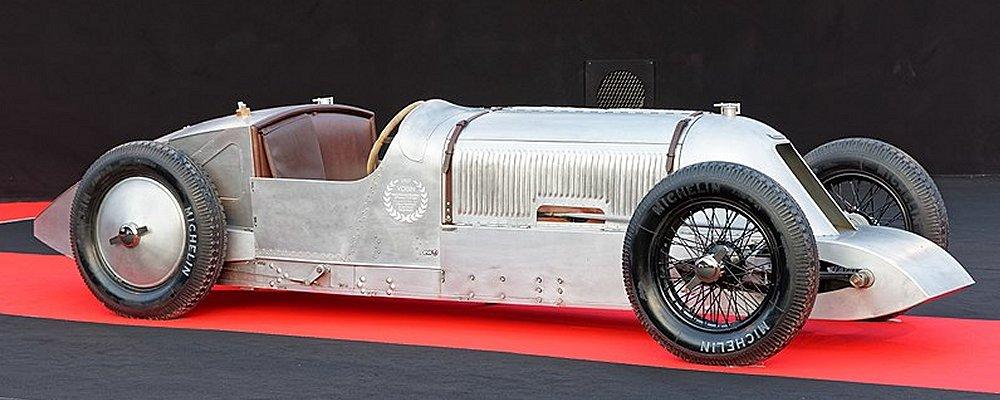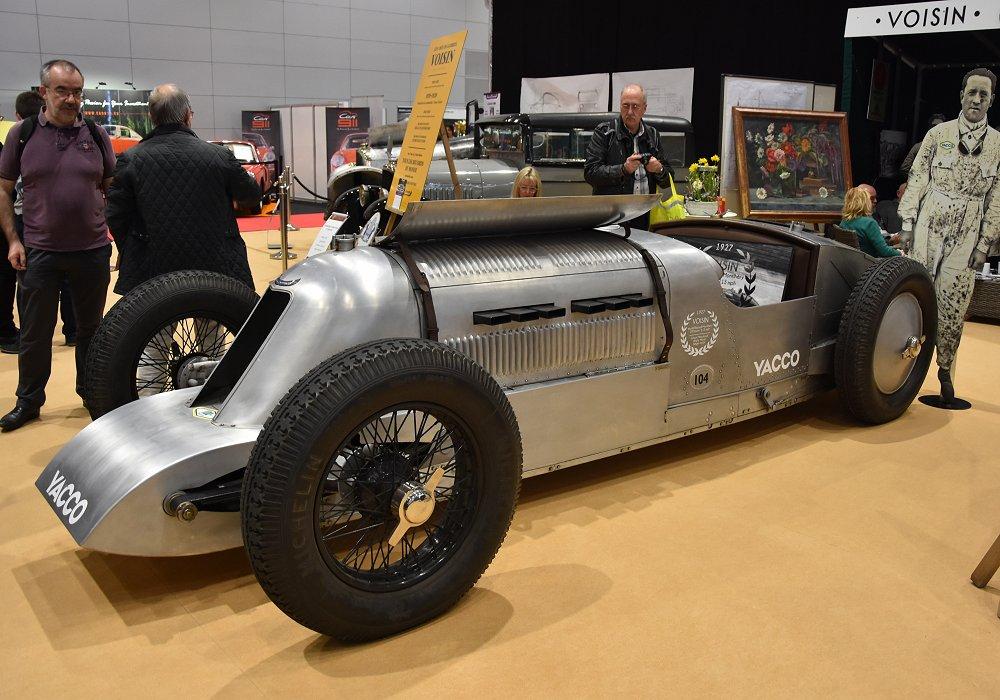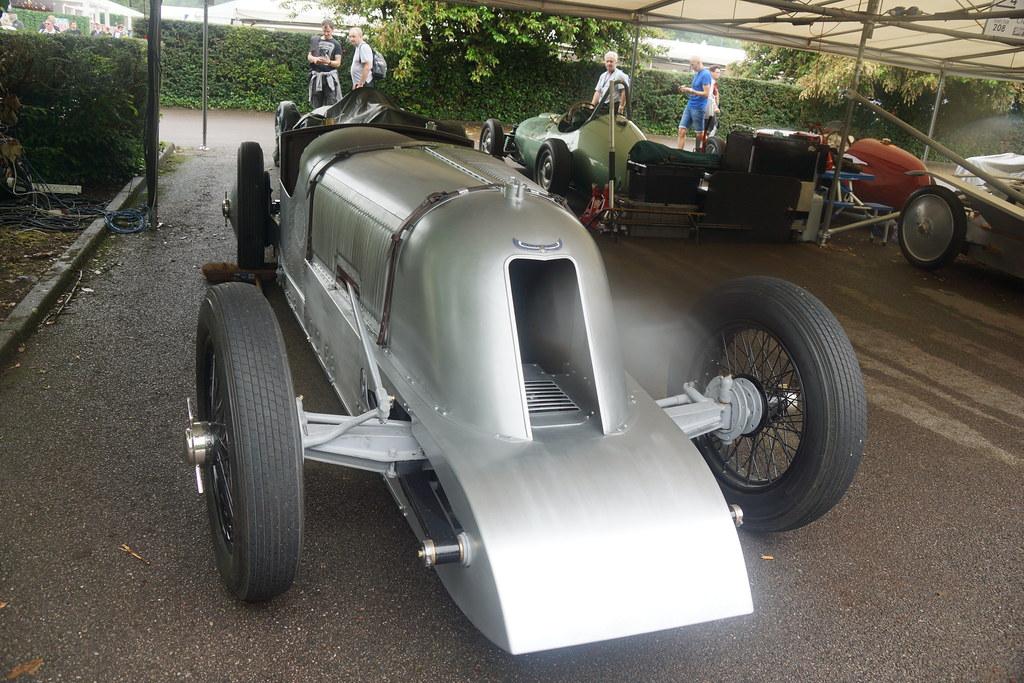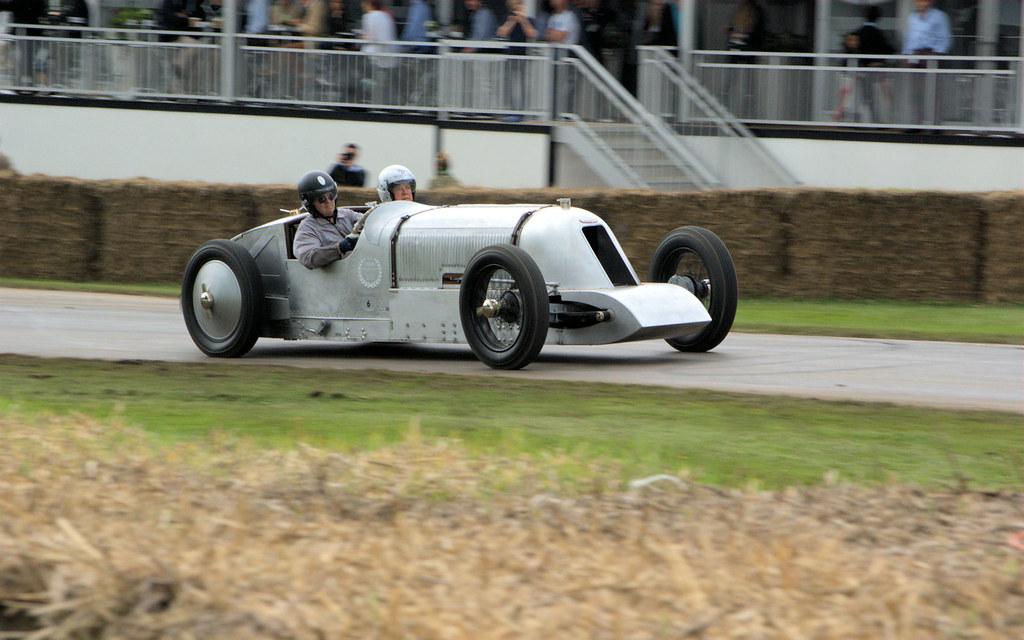1927 Avions Voisin LSR
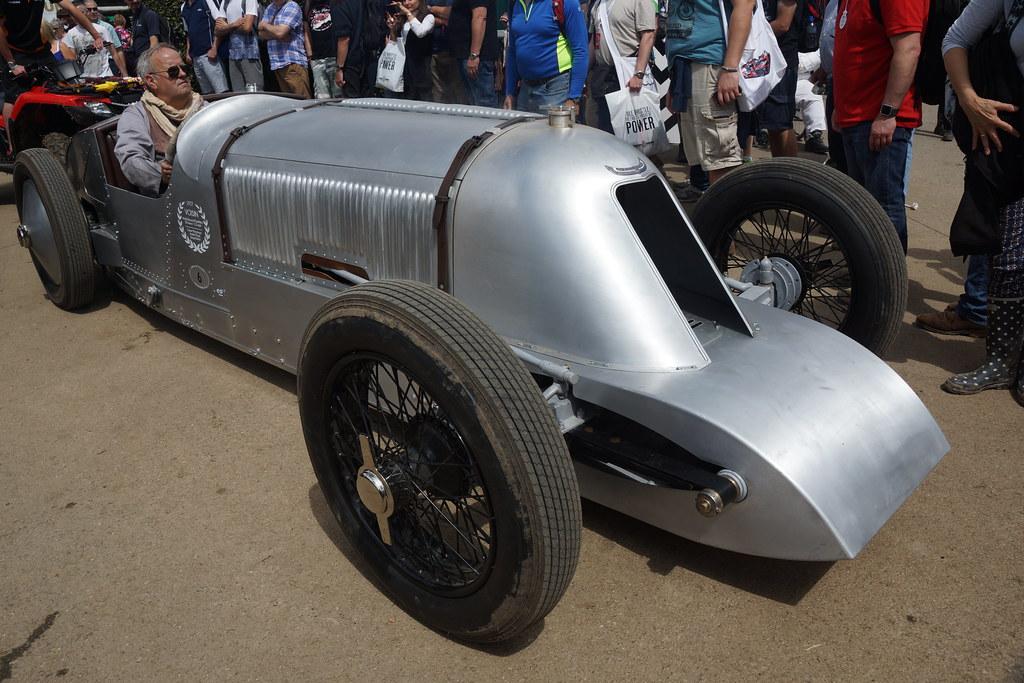
The descriptions of the Classic Cars in the Directory were partly generated or supplemented with the help of artificial intelligence (AI). The content may occasionally not always be entirely accurate or factually correct despite careful checking.
The Avions Voisin LSR 1927 is an engineering marvel of its time, with its advanced aerodynamic design and powerful engine. This car was specially built for speed and in 1927 it set the world land speed record of 211 km/h (131 mph). The LSR stands for Land Speed Record and the car was designed with this in mind.
The car’s bodywork is made of aluminum, and it has a streamlined shape. Its narrow body and long tail create a low drag coefficient, improving its acceleration and top speed. The driver sits in a small cockpit in front of the engine, with a windscreen to protect him from the wind. There are no doors, and the driver has to climb over the cockpit to enter or exit the car.
The engine of this car is a 12-cylinder, 4.9-liter engine that produces 140 horsepower. The engine is mounted behind the driver, giving the car better weight distribution and allowing for a longer tail. The engine is connected to a 4-speed gearbox that sends power to the rear wheels. The car has no power-assisted steering or brakes, making it difficult to control at high speeds.
One of the most striking features of the Avions Voisin LSR 1927 is its suspension system. The car has a unique torsion bar suspension, which was an advanced suspension system at the time. This system uses a torsion bar, a long metal rod that runs along the length of the car, to provide suspension. The torsion bar is anchored to the chassis at one end and the wheel hub at the other, twisting as the wheel moves up and down. This provides a smooth ride and stable handling at high speeds.
The car is equipped with large drum brakes, which were common for the time. However, the brakes were not up to the task of slowing the car down from its high speeds, and the driver had to rely on aerodynamic braking to bring the car to a stop. The car also had a small fuel tank, which was sufficient for a record attempt but made it unsuitable for long-distance driving.
Overall, the Avions Voisin LSR 1927 is an outstanding example of engineering and design. Its advanced aerodynamics, powerful engine, unique suspension system, and its historic land speed record make this car an important part of automotive history.
Milestones
- In 1927, Avions Voisin LSR was introduced to the world as a high-speed car designed to break land speed records. - The car was powered by a 12-cylinder engine and had a streamlined body and a unique suspension system. - The Avions Voisin LSR was tested on the Montlhéry track in France, where it reached a top speed of 237 km/h (147 mph). - In September 1927, the car officially broke the land speed record with a speed of 231.45 km/h (143.29 mph) over a kilometer-long course. - The car continued to break records in the following months, including the 10 kilometer and 5 mile records. - In January 1928, the Avions Voisin LSR was shipped to the United States, where it set a new speed record of 293.57 km/h (182.75 mph) at Daytona Beach, Florida. - The car was retired from racing after its successful run in the United States and became a showpiece for Avions Voisin, appearing at various automobile exhibitions and events.Technical
- The Avions Voisin LSR (Land Speed Record) was a record-breaking car designed and built by the French engineer and race car driver, Gabriel Voisin, in 1927. - Powered by a massive 12-cylinder, 32-liter aircraft engine produced by Hispano-Suiza, the Voisin LSR was capable of generating up to 1000 horsepower. - The car had a sleek, aerodynamic design with a low-slung body made of lightweight aluminum panels that helped to reduce drag and improve speed. - The suspension system consisted of a combination of traditional leaf springs and hydraulic shock absorbers, which provided a smooth ride and improved handling. - The brakes were hydraulic and the steering mechanism was also hydraulically assisted, which made the car easier to control at high speeds. - The cockpit was open and exposed to the elements, with only a small windshield and a single seat for the driver. The driver used a hand-operated throttle and a foot-operated brake and clutch. - The Voisin LSR was capable of reaching speeds of up to 140 mph (225 km/h) and it set a new land speed record of 140.93 mph (226.34 km/h) in November 1927, which stood for several years. - The car's success was due in large part to the innovative engineering and design principles of Gabriel Voisin, who was known for his emphasis on aerodynamics, as well as his ability to combine aircraft and automotive technology. - The Voisin LSR was one of the most advanced and impressive race cars of its time, and it remains a notable example of early 20th century automotive engineering and design.